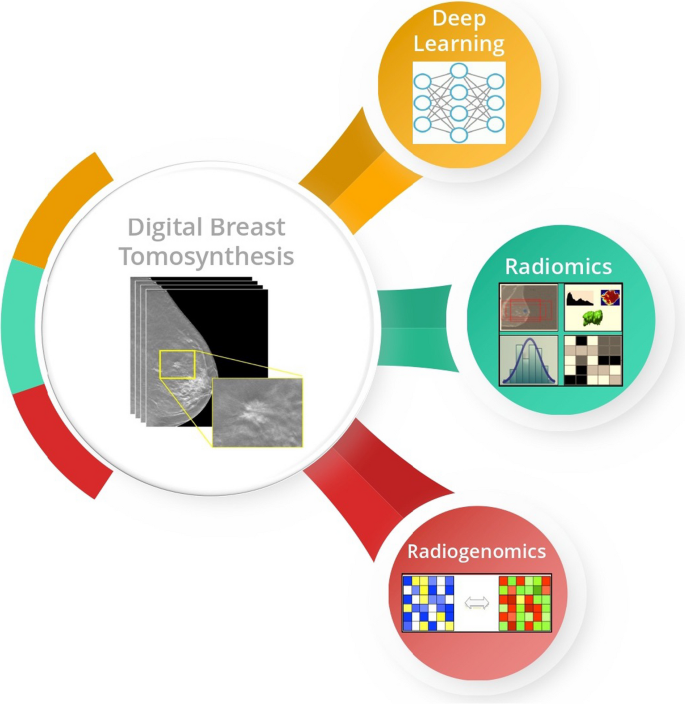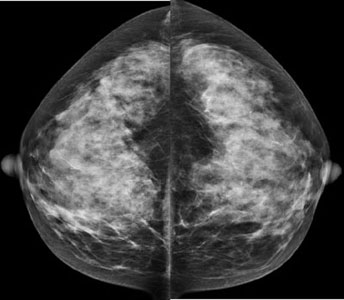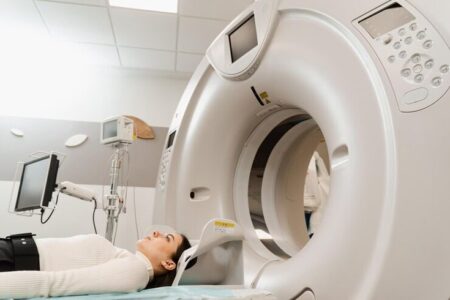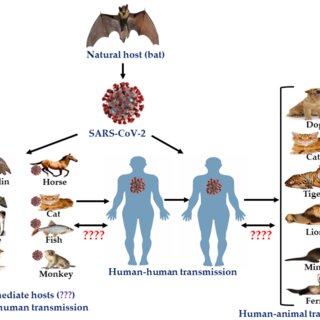Radiomics is developing imaging by turning CT, MRI, and pet scans into measurable data using. It has emerged artificial intelligence (AI) and medicine learning to hidden data from medical scans. Also provide window inside the human body without any invasive procedure.
What is Radiomics?
Radiomics is the science of images into data. It studies patterns, consistencies, and structure that may not be seen by a radiologist. It can extract many detailed features such as the density of tumors or irregular shape of tumor, or its quality compared to healthy tissues. For example, when a radiologist looks at a tumor on MRI scan they may see tumor size and location.
Its provides fine details that are often understood for the human eye but extremely important for disease behavior. Radiomics is an important tool for precision medicine, where treatments are based on individual patient data.
What is the role of Radiomics in Medical Imaging?
The process of radiomics begins with high-quality imaging. CT, MRI, and PET scans are the most common methods. When the scan is ready, the radiologist outlines the region of interest, often tumor or organs. Software then extracts advanced measurable features of that region. The feature comprises the density, shape, size, and pixel pattern within the scan.
After extraction of these features patterns that relate to disease outcomes, machine learning algorithms analyze those features. For instance, analysis might reveal whether the tumor is aggressive or the tumor is more likely to respond to chemotherapy. In this analysis, radiomics converts from a picture into a rich source of medical data.
Application of Radiomics in Imaging
Radiomics identify tumor appearances that help patients respond to radiation therapy. For instance, you can detect elusive differences in tumor texture or indicate how the cancer will spread in other parts of the body. With This cancer research being the most prominent and wide range of applications.
With aggressive need of treatment radiomics diagnosis can avoid unnecessary therapies. Beyond cancer treatment, is also making advancements in other fields. In cardiology, studies the heart’s structure and blood flow to detect heart’s condition early. As in neurology, its explores brain disorders such as stroke or brain tumors. It is also valuable in drug development to see patients respond to early treatment without relying on invasive biopsies.
What are the benefits of Radiomics in Imaging?
The biggest benefit of this in imaging is the ability to provide non-invasive insights into disease. Most patients with cancer can do multiple biopsies which are painful or risky. Another key benefit of radiomics in imaging is to detect disease early, or using medical scans. Its pick up tiny changes in body tissues that may not be visible or allow disease to be detected early or effectively treated.
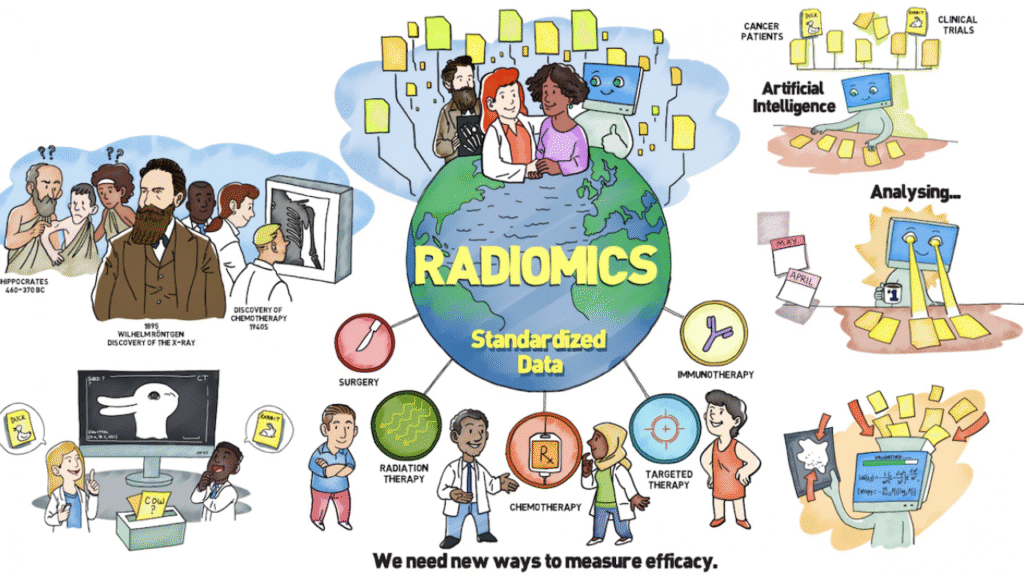
Its benefits ensure better outcomes, with no side effects and more efficient use of resources. Moreover, the advances accuracy and clarity in diagnosis, making it valuable for doctor or radiologists in clinical decision making.
Radiomics and its Future
Radiomics itself is a personalized medicine. With these challenges, the future of this looks bright. With the rapid advancements in artificial intelligence, and data technologies, use of this has become easier and more reliable. Research continues to expand this application, especially in neurology, cardiology and cancer detection. In the future, it will become a routine tool in hospitals worldwide.
Conclusion
Radiomics is converting the way for early detection, artificial intelligence and personalized medicine for improving patient care. Despites of these challenges, is expected to play a central role in the future of medicine. This is not just an innovation in imaging, but also step- up more precise and life-saving health care.
FAQs
1: What is radiomics?
This is a technique that abstracts hidden data from images by using advanced technologies, helping radiologist to understand disease more accurately
2: Why is radiomics different from traditional imaging?
Traditional imaging depends on visual interpretation., while radiomics uses data technologies and AI to analyze features that are invisible to the human eye.
3: Which disease is mostly detected by radiomics?
Its provides mainly detect cancer research but it also applied in neurology, cardiology, and infectious diseases.
4: Why is radiomics safe for patients?
This is completely safe for patients because it uses existing images and does not expose patients to irradiation or invasive procedures.
5: Which technologies support radiomics?
Artificial intelligence(AI), machine learning and computed algorithms supports this.

